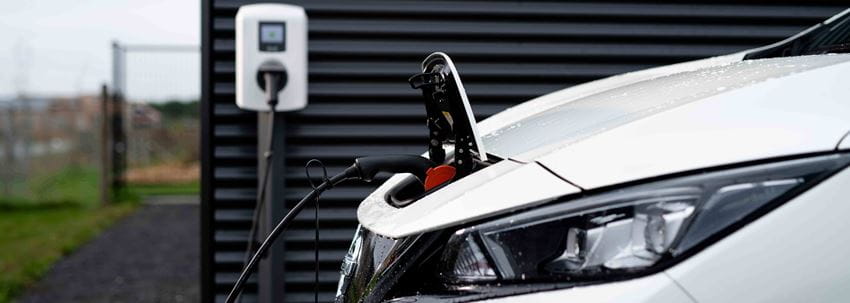
The road to sustainability: BEVs vs hydrogen cars
The world is at a critical juncture for reducing greenhouse gas emissions and combatting climate change. One of the pivotal questions in this journey is how we can power our vehicles in a more sustainable way. To shed light on this issue, Ayvens Consultancy has created a white paper, "Hydrogen vs. electricity: Which powertrain holds the key to emissions reduction?" This white paper delves into the debate surrounding two promising alternative powertrains: battery electric vehicles (BEVs) and hydrogen fuel cell vehicles (FCEVs). Let's explore the key points highlighted in this informative document.
Why alternative powertrains are needed
The transportation sector is a major contributor to global carbon emissions, and it's clear that traditional internal combustion engines are no longer sustainable. Alternatives are essential in order to meet emission reduction targets and mitigate the environmental impact of the automotive industry.
Battery electric vehicles vs hydrogen vehicles
Battery electric vehicles are charged by electricity which is stored in a battery. Fuel cell electric vehicles are powered by electricity that is generated from hydrogen.
Fuel efficiency
Vehicle fuel efficiency is critical for fleet managers and for measuring how sustainable powertrains are in reducing emissions - a key determinant of emissions reduction. BEVs are highly efficient, converting a significant portion of their stored energy into motion, with minimal energy loss. Hydrogen FCEVs already lose a lot of efficiency when converting electricity into hydrogen, during transportation, and again when hydrogen has to be converted back to electricity for the car to be powered.
Infrastructure challenges
One of the critical challenges discussed in the white paper is infrastructure. BEVs have a head start, with an established charging network, while FCEVs face infrastructure hurdles related to hydrogen production, storage, transportation and refuelling. This aspect is crucial for the widespread adoption of both technologies.
Sources of energy
The source of energy used to generate electricity for these vehicles plays a significant role in their environmental impact. The white paper highlights the importance of using renewable energy sources for both powertrains in order to achieve meaningful emissions reductions. BEVs can directly benefit from green energy delivered on the grid, whereas FCEVs depend on green hydrogen production.
As we stand at this pivotal juncture in the automotive industry, this white paper provides valuable insights to guide policymakers, industry stakeholders, and consumers in making informed decisions regarding the future of sustainable transportation.







